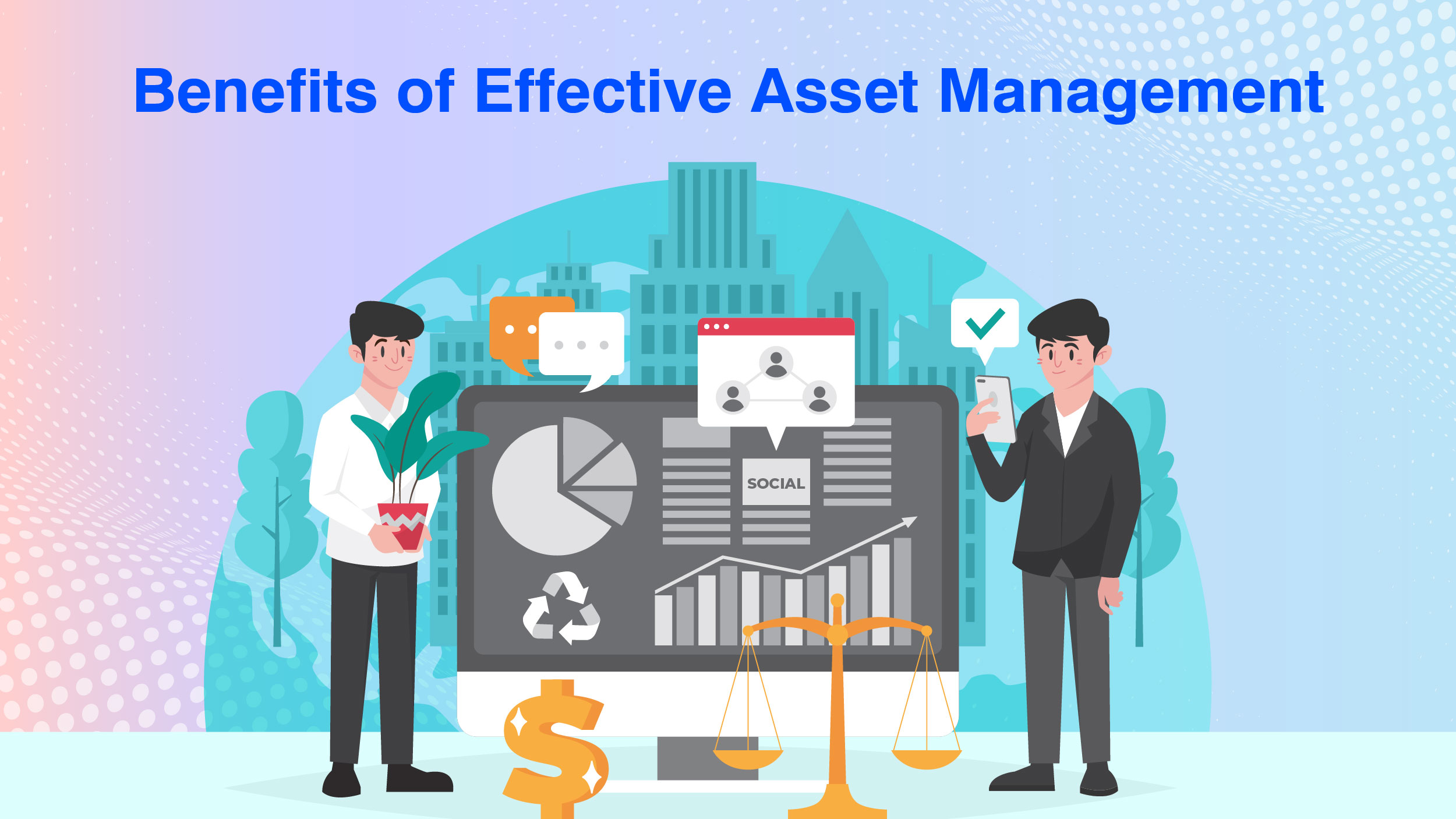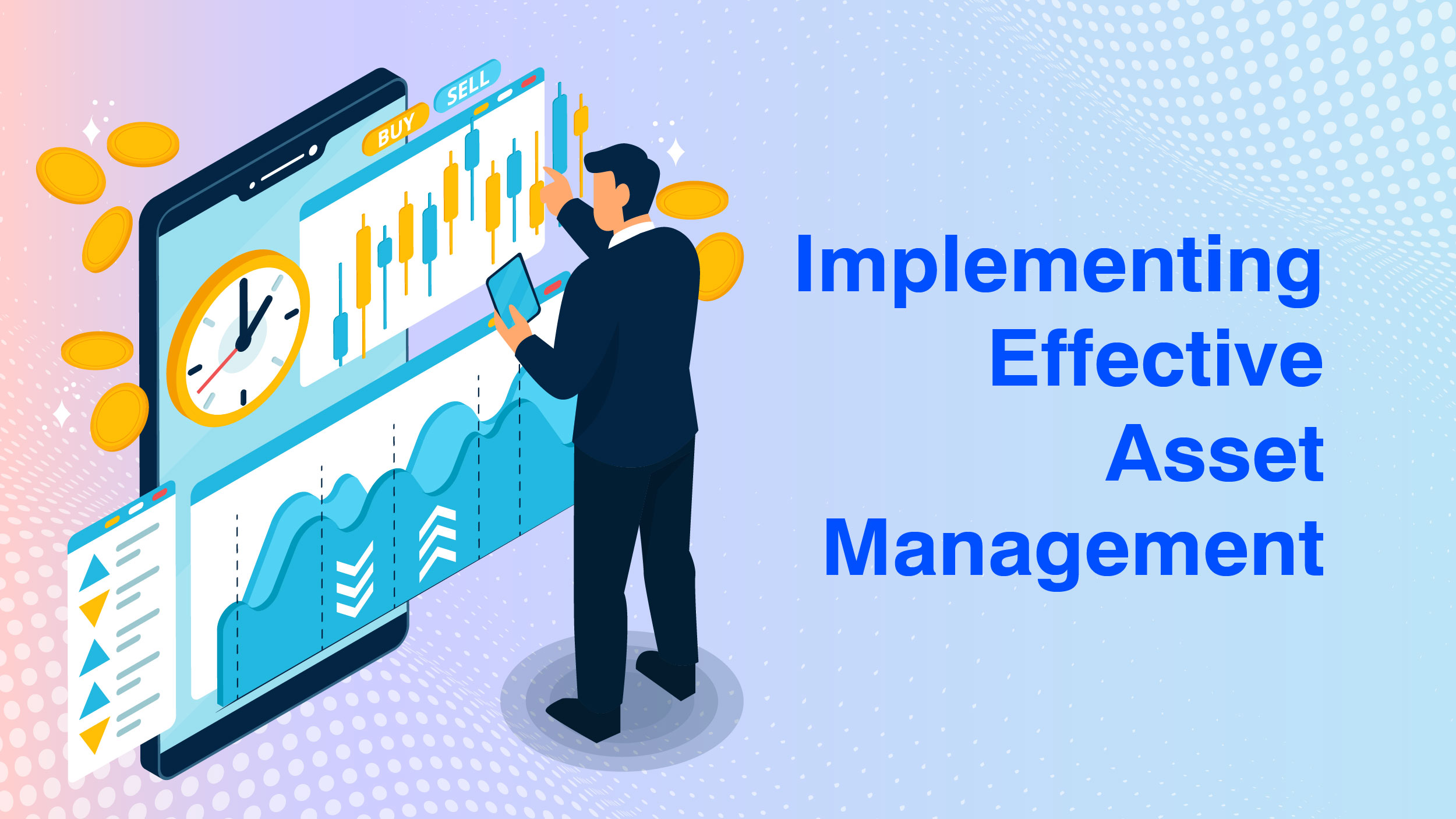If you’ve ever wondered how you can optimize your financial resources, make sound investment decisions, or ensure your business runs efficiently, you’re in the right place.
Asset management involves overseeing, maintaining, and maximizing the value of your assets, which can range from financial investments to physical assets like real estate and equipment. It’s a critical practice that can help you achieve your financial goals, whether that’s wealth accumulation, retirement planning, or business growth.
Let’s get started to uncover the key aspects of asset management, its benefits, and how you can implement effective strategies to secure your financial future.
What is Asset Management?
Asset management is the process of managing different types of assets so that they can be used to their fullest potential. It involves making strategic decisions about how these assets should be used, and ensuring that they are profitable and safe. Its ultimate goal is to optimize performance, reduce risk, and generate returns for those involved.
Asset management can be done by individuals, companies that manage assets for others, financial institutions, or departments within organizations. These groups make decisions about which investments to make and how risky they are. They also keep track of the performance of the assets they own and work to protect them from risks while achieving specific financial goals.
Here are some fundamental concepts to grasp:
1. Types of Assets
- Financial Assets: These include stocks, bonds, mutual funds, and other investment vehicles.
- Physical Assets: Real estate, equipment, vehicles, and machinery fall into this category.
- Intangible Assets: Intellectual property, patents, copyrights, and trademarks are intangible assets.
- Human Assets: The knowledge, skills, and expertise of your workforce are valuable assets for businesses.
2. Asset Lifecycle
Assets have a lifecycle. They’re acquired, utilized, maintained, and eventually disposed of when they no longer serve their purpose. Effective management of assets entails making informed decisions at each stage to maximize value.
3. Risk Management
Understanding and mitigating risks associated with your assets is crucial. Market fluctuations, technological obsolescence, and economic downturns can impact asset value. Asset managers employ various strategies to minimize these risks.
Benefits of Effective Asset Management

Now that we’ve laid the groundwork, let’s explore why asset management is so critical:
- Wealth Accumulation: For individuals, it can help grow their wealth over time. By investing wisely, diversifying your portfolio, and monitoring your assets, you can achieve your financial goals.
- Business Growth: In the corporate world, efficient management of assets ensures that a company’s resources are utilized optimally. This can lead to increased profitability and long-term growth.
- Risk Mitigation: Asset management strategies can help mitigate financial risks, such as market volatility or asset depreciation, which can protect your financial stability.
What Are the Pain Points in Managing Company Assets?
One of the biggest problems with asset management is that it can be hard to keep track of and manage your existing assets. This becomes a problem when they have been on the grid for years, as this can lead to them being lost or compromised in some way.
- Manual management of assets has some problems, including this one: it’s difficult to do.
- Inefficient manual data entry, error-prone processes, and inaccurate data.
- An unstructured asset management process can help you manage your assets more effectively.
- Lack of authority to enforce asset management policies
- Change management is poor or non-existent in many organizations
- There is little to no information about the current value of assets and where they are located.
- Not being able to assess data risk or prevent it
6 Best Practices For Effective Asset Management
Businesses can monitor and manage their assets utilizing a systematized method with the use of an efficient process for managing assets. Organizations can increase an asset’s productivity and efficiency with a sound procedure, increasing the return on improvement.
Important elements of a successful asset management process include:
- Identifying asset conditions and creating a rating system to make informed decisions
- Keeping track of asset depreciation accurately in order to make timely decisions
- Assessing the value of assets and determining how much they should be replaced
- Moving away from reactive asset maintenance to predictive maintenance to stay ahead of the curve
- Having a good change management plan in place to ensure database integrity
- Automating tasks so you don’t have to spend time on paperwork. This will help with things like data collection, reporting, and so on
Implementing Effective Asset Management

Here are some key steps for implementing effective asset management:
1. Goal Setting
Define clear objectives. Whether it’s retirement planning or business expansion, knowing what you want to achieve is the first step.
2. Asset Assessment
Take stock of your assets. Understand their value, performance, and potential risks associated with each.
3. Diversification
Don’t put all your eggs in one basket. Diversifying your investments or asset portfolio spreads risk and enhances your chances of success.
4. Regular Monitoring
Keep a close eye on your assets. Regularly review your investment portfolio, assess the condition of physical assets, and track their performance.
5. Risk Management
Identify potential risks and develop strategies to mitigate them. This may involve insurance, hedging, or making informed investment decisions.
6. Professional Guidance
Consider seeking advice from financial advisors, asset managers, or consultants. Their expertise can be invaluable in optimizing your asset management strategy.
How Much Does Asset Management Cost?
Asset managers have a variety of ways to charge for their services. The most common model is where they get paid based on how much money the clients’ assets are worth, with an industry average of around 1% for up to $1 million, and lower rates as the amount of money under management increases. Others may charge fees for each trade they make or be given commissions if they sell securities on behalf of the client.
Management firms have a duty to serve their client’s interests, so it’s important to know if they are recommending investments or trades that will help you. Otherwise, these services could end up working against your best interests.
Asset management companies compete by providing services such as checking and credit cards to financial institutions. These organizations also offer margin loans, brokerage accounts, and other investment products.
People usually put their money into a bank account that offers a higher return than what they can get from saving in a regular savings account. You can choose between FDIC-backed funds, which are insured by the Federal Deposit Insurance Corporation (FDIC), and non-FDIC funds, which are not guaranteed.
The benefit to account holders is that they can use the same institution for all their banking and investing needs. The Gramm-Leach-Bliley Act of 1999 allowed for the creation of these types of accounts, which have only been possible since then. Before that, banks had to keep them separate by having a “Chinese wall” between their investment and banking services.
Example of an Asset Management Institution
An asset management institution provides financial and technical assistance to businesses. One such institution is Merrill Lynch. It offers a Cash Management Account (CMA) that is perfect for clients who want to bank and invest with one account, all under one roof.
The account gives investors the ability to access a financial advisor who can provide advice and help them make decisions about investments, including IPOs and foreign currency transactions.
Moreover, there are different interest rates for cash deposits. When you deposit money into a bank account, it can be grouped together and you can receive the best rate. This is true even if your money is in multiple accounts at the same bank. Securities held inside of an account with a brokerage firm are also protected by SIPC – this means that no matter what happens to the company itself, your investment will still be safe.
The account offers a variety of services, including checking and payment processing. You can also use the MyMerrill app to do things like pay your bills and transfer funds between your bank accounts. There are no transaction fees for using Bank of America’s ATMs around the world.
Accounts with more than $250,000 in assets are exempt from the annual fee and assessment that apply to each sub-account.
Winding Up
Management of assets is a multifaceted discipline that holds immense value for individuals and businesses alike. Whether you’re striving for financial independence or steering a company toward growth and prosperity, effectively managing your assets can make all the difference.
Remember, asset management is not a one-size-fits-all endeavor. Tailor your approach to your unique circumstances and objectives. By understanding your assets, setting clear goals, and implementing sound strategies, you’ll be well on your way to securing your financial future.




